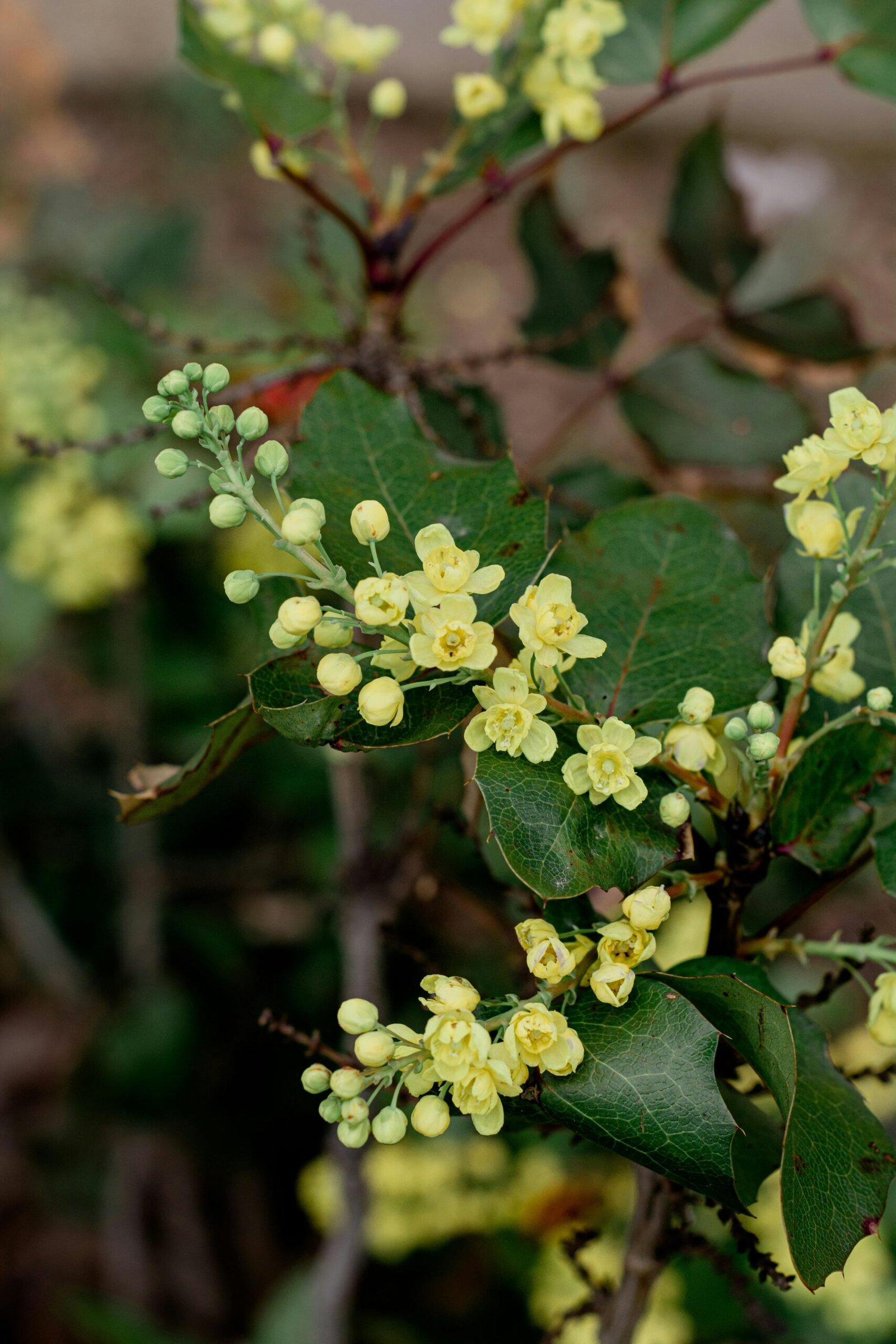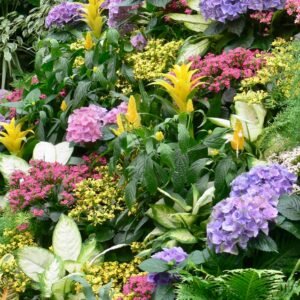You have always loved gardening and finding creative ways to enhance the beauty of your outdoor space. If you’re looking for a unique and charming addition to your garden, why not consider creating beautiful flower beds with rustic crates? This innovative idea not only adds a rustic touch to your garden but also provides a practical solution for planting a variety of flowers in a limited space. Using old wooden crates as planters allows you to experiment with different arrangements and colors, resulting in a breathtaking display that will surely impress your guests. So, dust off those crates and let your gardening skills blossom with this delightful project!
Choosing the Right Crates
Size and Shape
When choosing crates for your flower beds, it’s important to consider the size and shape that will work best for your garden. Smaller crates are ideal for compact spaces or if you want to create a more intricate arrangement. On the other hand, larger crates can accommodate a greater variety of plants and provide a more striking focal point. Additionally, the shape of the crates can add visual interest to your flower beds. Rectangular crates are versatile and can be easily arranged in different patterns, while square crates can create a more symmetrical and formal look.
Material
The material of the crates is another important factor to consider. Wooden crates are a popular choice for creating rustic and natural-looking flower beds. They blend well with garden surroundings and provide a charming and timeless appeal. Other materials like metal or plastic can also be used, but keep in mind that they may not provide the same aesthetic appeal as wooden crates. Consider the overall style and theme of your garden when selecting the material of the crates.
Design
The design of the crates can greatly enhance the overall look of your flower beds. Some crates come with decorative details, such as carved patterns or distressed finishes, which can add a touch of elegance or vintage charm to your garden. Choose a design that complements your personal taste and the overall style of your outdoor space. Whether you prefer a more traditional or modern look, there are crates available to suit every aesthetic preference.
Preparing the Crates
Clean the Crates
Before using the crates as flower beds, it’s important to clean them thoroughly. Remove any dirt, debris, or pests that may be present. Scrub the crates with a mild detergent or vinegar solution, and rinse them well with water. This will ensure a clean and healthy environment for your flowers to thrive.
Sand and Paint
If desired, you can sand and paint the crates to further enhance their appearance. Sanding the crates will smooth out any rough edges and give them a polished look. Once sanded, you can apply a coat of paint or stain in a color that complements your garden. This step is optional, but painting the crates can add a pop of color or create a cohesive look with your existing outdoor decor.
Drill Drainage Holes
To prevent waterlogging and ensure proper drainage, drill several small holes in the bottom of each crate. These holes will allow excess water to escape, preventing root rot and other moisture-related issues. Make sure to space the holes evenly and use an appropriate drill bit size for the material of your crates. The drainage holes are crucial for maintaining the health of your flowers and promoting optimal growth.
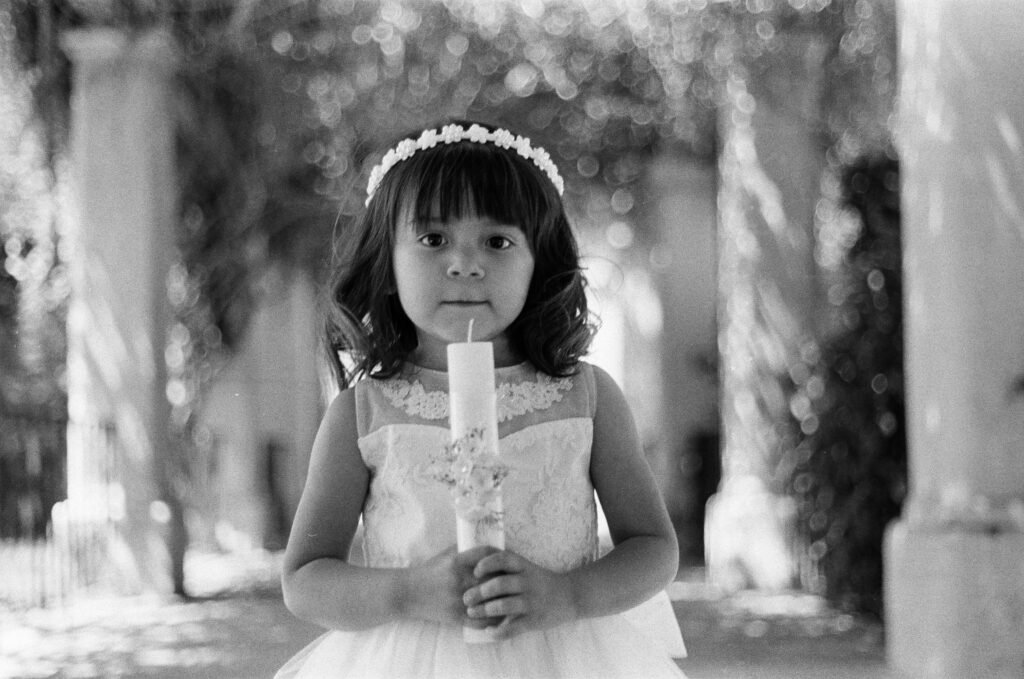
This image is property of images.pexels.com.
Selecting the Perfect Location
Consider Sunlight and Shade
When choosing the location for your crate flower beds, it’s important to consider the amount of sunlight and shade the area receives. Most flowering plants thrive in full sun, which is defined as at least six hours of direct sunlight per day. However, some plants prefer partial shade or even full shade. Observe the sunlight patterns in your garden throughout the day and select a location that matches the light requirements of your chosen flowers.
Evaluate Soil Quality
The quality and composition of the soil are key factors in determining the success of your flower beds. Before selecting a location, evaluate the soil to ensure it is well-draining and nutrient-rich. Sandy or clayey soils may need to be amended with organic matter, such as compost or garden soil, to improve their texture and fertility. Additionally, consider the pH level of the soil and choose flowers that thrive in its acidity or alkalinity.
Plan for Accessibility and Maintenance
Another aspect to consider when selecting the location for your flower beds is accessibility and maintenance. Choose an area that is easy to access for watering, weeding, and other maintenance tasks. If you have limited mobility or prefer low-maintenance gardening, opt for a location that requires minimal upkeep. Consider the proximity to water sources and your availability to tend to the flower beds regularly.
Preparing the Ground
Clear the Area
Before installing your crate flower beds, clear the area of any existing vegetation, weeds, or debris. This will provide a clean and blank canvas for your flower bed installation. Use a garden rake or shovel to remove any plant material, rocks, or other obstacles that may hinder the proper installation of the crates.
Level the Ground
To ensure proper drainage and stability, it’s important to level the ground where the crates will be placed. Use a garden rake or shovel to even out any uneven areas and create a smooth surface. This will prevent water from pooling in certain areas and ensure that your flower beds are securely positioned.
Add Fertilizer or Compost
Before installing the crates, you can add a layer of organic fertilizer or compost to the ground. This will provide essential nutrients to the plants and help them establish strong root systems. Spread a thin layer of fertilizer or compost evenly over the area where the crates will be placed, and gently work it into the soil with a garden rake. This will create a nourishing foundation for your flowers to thrive.
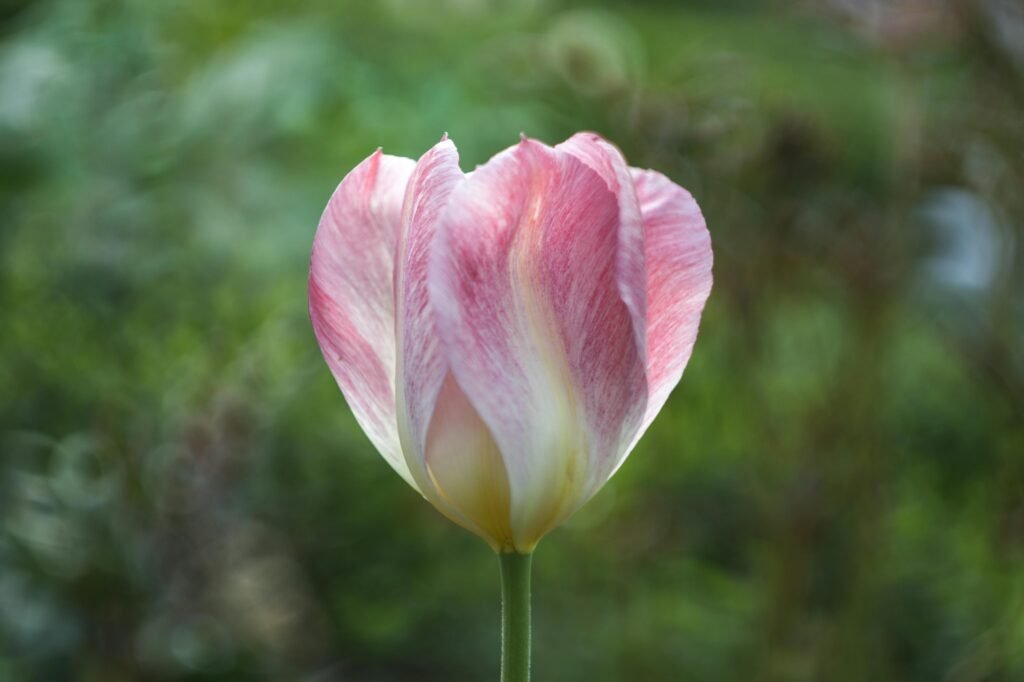
This image is property of images.pexels.com.
Arranging the Crates
Determine Placement
Now that the ground is prepared, it’s time to arrange the crates in your desired layout. Consider the size and shape of the crates and the overall design you wish to achieve. You can arrange them in a linear fashion, create geometric patterns, or even stack them for a tiered effect. Experiment with different placements until you find a configuration that you’re happy with.
Create Visual Interest
To create visual interest in your flower beds, vary the heights of the crates by stacking them or using risers. This will add depth and dimension to your garden and make it more visually appealing. You can also combine crates of different sizes or mix in other elements, such as planters or trellises, to further enhance the overall design.
Consider Height Variation
When selecting flowers to plant in your crate flower beds, consider their growth habits and heights. Choose a combination of tall, medium, and trailing plants to add variety and balance to the arrangement. This will create a visually striking display and ensure that all plants receive adequate sunlight and growing space.
Choosing the Right Flowers
Consider Climate and Season
Before selecting the flowers for your crate flower beds, consider the climate and the season in which they will be planted. Different flowers thrive in different climates, so choose varieties that are well-suited to your specific region. Additionally, consider the seasonality of the flowers and choose ones that will bloom and flourish during the desired time of year.
Select a Color Scheme
Choosing a color scheme for your flower beds can create a cohesive and harmonious look. Consider the overall aesthetic of your garden and select flowers that complement its existing colors. You can opt for a monochromatic scheme with different shades of the same color, or choose complementary colors for a vibrant and eye-catching display. Remember to take into account the colors of the crates when selecting flowers.
Mix Annuals and Perennials
To ensure year-round color and continuous blooms, it’s recommended to mix both annual and perennial flowers in your crate flower beds. Annuals provide quick and abundant blooms, while perennials come back year after year. This combination will ensure that your flower beds look beautiful throughout the seasons and require less replanting.
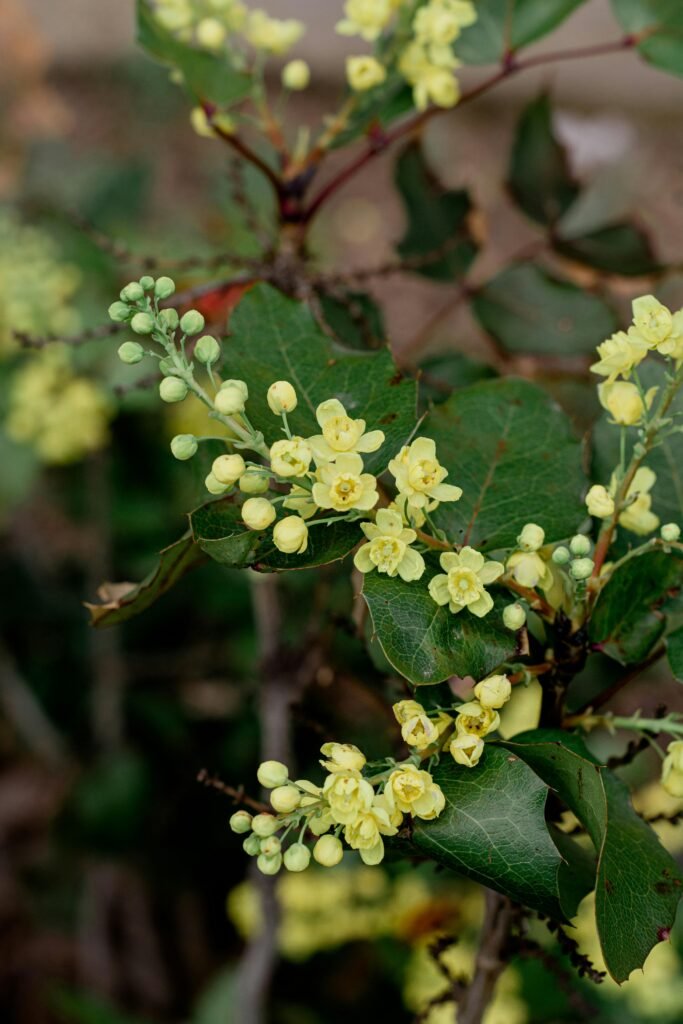
This image is property of images.pexels.com.
Preparing the Soil
Test pH Levels
Before planting your flowers, it’s beneficial to test the pH levels of the soil. Different plants thrive in different levels of acidity or alkalinity. You can easily find pH testing kits at garden centers or use a soil testing service. Once you know the pH level of your soil, you can choose flowers that are best suited for that particular soil condition.
Amend the Soil
Depending on the pH level and quality of your soil, you may need to amend it with organic matter or other soil additives. Adding compost, well-rotted manure, or aged garden soil can improve the overall fertility and structure of the soil. Work the amendments into the existing soil to a depth of 6-8 inches using a garden fork or tiller. This will ensure that your flowers have access to the necessary nutrients and a healthy growing medium.
Mulch the Beds
After amending the soil, apply a layer of mulch to the flower beds. Mulch helps retain moisture, prevent weed growth, and regulate soil temperature. Use organic mulch, such as wood chips or straw, and spread it evenly around the plants. Make sure not to pile the mulch against the stems of the flowers, as this can lead to rot or pest infestations.
Planting the Flowers
Follow Planting Instructions
When planting your flowers, it’s important to follow the specific planting instructions for each variety. Different flowers have different spacing requirements, depth preferences, and planting times. Some may need to be started indoors and transplanted later, while others can be directly sown into the soil. Be sure to read the labels or research the planting instructions for the specific flowers you have chosen.
Space the Flowers Properly
Proper spacing is crucial for the healthy growth and development of your flowers. Overcrowding can lead to poor air circulation, increased competition for nutrients, and the spread of diseases. Follow the recommended spacing guidelines for each flower and provide enough room for their mature size. This will ensure that your flower beds look well-balanced and allow each plant to thrive.
Water and Fertilize
After planting, water the flowers thoroughly to help them establish roots and settle into their new environment. Monitor the moisture levels regularly and water as needed, ensuring that the soil remains evenly moist but not waterlogged. Additionally, fertilize the flowers according to their specific needs. Some may require regular feeding, while others may thrive with minimal fertilization. Follow the recommended fertilization schedule and use a suitable plant food for optimal growth.
Adding Decorative Elements
Install Trellises or Arbors
To add vertical interest and support climbing plants, you can install trellises or arbors in your crate flower beds. This will create a stunning display and provide a framework for flowers like clematis or morning glories to grow upon. Choose trellises or arbors that complement the style of your garden and install them securely to ensure they can withstand the weight of the climbing plants.
Incorporate Garden Ornaments
Garden ornaments, such as statues, birdbaths, or decorative stepping stones, can add a touch of personality and whimsy to your flower beds. Choose ornaments that reflect your personal style and enhance the overall aesthetic of your garden. Be mindful not to overcrowd the flower beds with too many ornaments, as this can detract from the beauty of the flowers themselves.
Use Decorative Mulch or Stones
To further enhance the visual appeal of your crate flower beds, consider using decorative mulch or stones. Instead of traditional organic mulch, you can opt for colored mulch or decorative stones to create a unique and eye-catching look. These decorative elements can add texture and contrast to your flower beds, making them truly stand out in your garden.
Maintaining the Flower Beds
Water Regularly
Proper watering is essential for the health and vitality of your flowers. Most flowering plants require regular watering, especially during dry spells or hot summer months. Water the flower beds deeply but infrequently to encourage the development of deep roots. Avoid overhead watering, as this can promote the spread of diseases. Instead, use a soaker hose or drip irrigation system to water at the base of the plants.
Deadhead and Prune
Deadheading, or removing spent flowers, encourages the plants to produce more blooms and prolongs the flowering season. Regularly inspect your flower beds for faded or wilted flowers and trim them off at the base using clean pruning shears. Additionally, prune any damaged or overgrown branches to maintain the shape and health of the plants.
Monitor for Pests and Diseases
Regular monitoring for pests and diseases is paramount to maintaining the health of your flower beds. Be on the lookout for common garden pests like aphids, slugs, or snails, and take appropriate measures to control their population. Additionally, keep an eye out for signs of fungal or bacterial diseases, such as powdery mildew or leaf spots. Early detection and intervention are crucial in preventing the spread of pests or diseases and ensuring the long-term health of your flowers.
In conclusion, creating beautiful flower beds with rustic crates is a rewarding and creative way to enhance the aesthetic appeal of your garden. By carefully choosing the right crates, preparing the ground and soil, selecting the perfect flowers, and adding decorative elements, you can transform your outdoor space into a stunning and inviting oasis. Remember to maintain your flower beds through regular watering, deadheading, and pest control to ensure the continued health and beauty of your flowers. Start your crate flower bed journey today and watch as your garden flourishes with vibrant colors and sweet fragrances.
